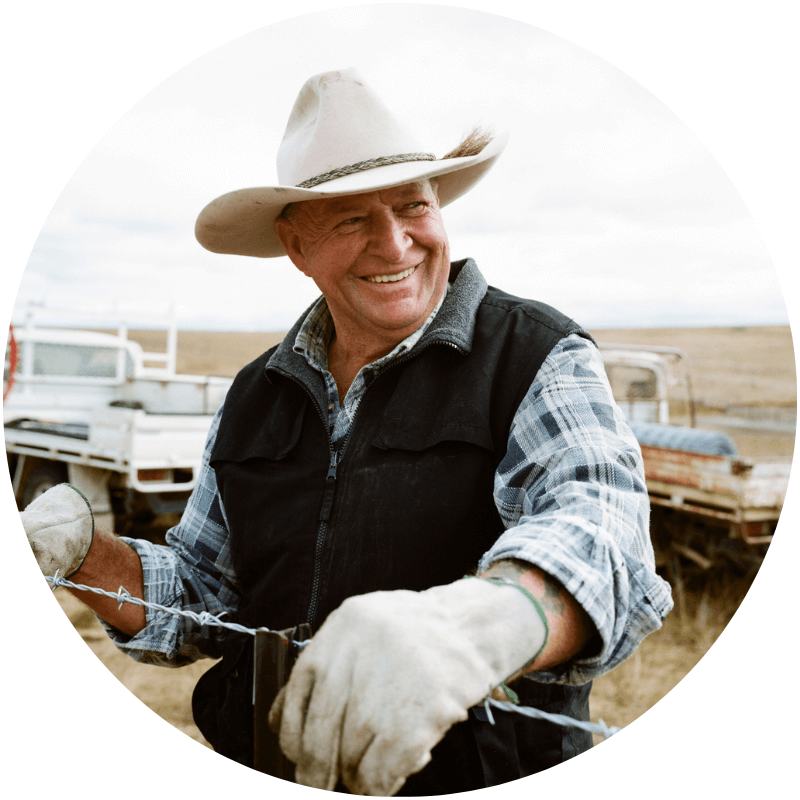Priority populations
We know that all people in NSW are at risk of UV overexposure, prompting a broad population-level approach in this Strategy.
However, priority populations have been identified as needing tailored and targeted skin cancer interventions due to their particular risks.
The following key groups will be prioritised through to 2030:

Children 12 years of age and under
The risk of developing melanoma and other skin cancers is strongly related to high exposure to UV radiation in childhood.15 We also know there are opportunities to influence children’s exposure to UV through early childhood and education settings, and this work continues under this Strategy.

Adolescents 13–17 years of age
Adolescents tend to adopt sun-protective behaviours less frequently than adults, and it is more challenging to achieve attitude and behaviour changes. They also spend more time in the sun than other age groups and so their skin cancer risk are high.16 Continuing to focus on this age group remains a priority for this Strategy.

Young adults 18–24 years of age
Similarly, young adults tend to adopt less sun-protective behaviours than older adults and are at risk due to the amount of time they spend in the sun.17,18 This group also remains a priority for this Strategy.

Men 40 years of age and older
There is growing evidence that relative risk of melanoma increases with UV exposure in later life.19,20 The incidence of melanoma increases dramatically for males in their 40s. There is also evidence to suggest that middle aged men have low levels of skin cancer awareness and exhibit less sun protection behaviours than women.21,22 This increasing evidence suggests older adults, particularly males, should be targeted with specific sun protection strategies.

Outdoor workers
Outdoor workers are defined as people required to work outdoors during daylight hours, where sun exposure is often unavoidable, and during peak UV times of the day. Evidence suggests that outdoor workers are at increased risk of developing skin cancer and tend to use inadequate levels of sun protection to minimise this risk.23 Outdoor workers are exposed to over three times more UV than indoor workers, putting them at higher risk of skin cancer.24,25 Employers of outdoor workers and others with a duty of care for outdoor workers’ health and safety.
Australian farmers are an example of a higher-risk group. Evidence from studies assessing the sun protection behaviours of Australian farmers suggests there is a need for targeted primary prevention messages to encourage farmers to:
- access sun protection clothing
- improve their sun protection behaviours
- seek early detection skin checks.26,27,28
Learn more
View and download the Strategy to find out more about how we're working to lessen the impact of skin cancer in NSW.
